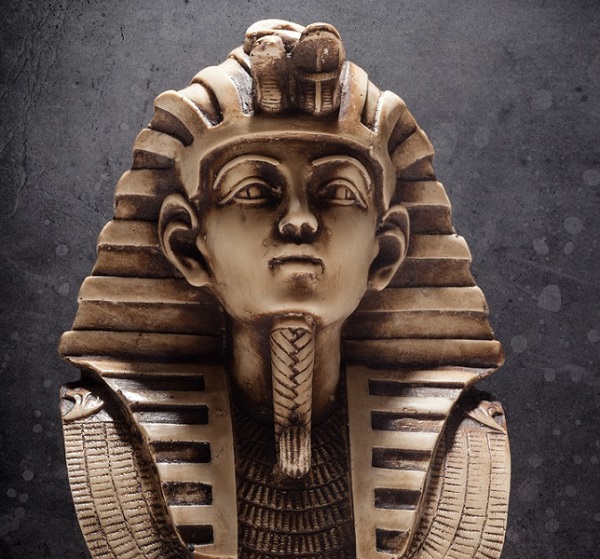by AHMED MOOLLA
CAIRO – EGYPTIAN archaeologists have discovered new pharaonic findings back dated 1076 BC-to-944 BC period, an unearthing they described as “massive”.
Luxor Antiquities Director General in the Egyptian Ministry of Tourism and Antiquities, Abdel-Ghaffar Wagdy, made the announcement on Sunday saying such massive pharaonic discoveries were of the 21st Dynasty of Egypt.
BC is an abbreviation for (Before Christ) in English while in the Medieval Latin means (Anno Domini).
Wagdy said the discoveries at the Naga Abu Asba area of Karnak also confirmed some massive mud-brick wall that dates back to the reign of King Menkheperre, one of the kings of the 21st Dynasty of Egypt.
Wagdy explained that the wall was made up of mud-brick blocks, each stamped with the names of both the king and his wife.
He pointed out a sandstone gate was also found within the wall along the Naga Abu Asba site, including various workshops and kilns for making bronze statues, a number of bronze Osirian statues of different sizes, coins, and amulets.
Wagdy said these discoveries would help illustrate the area’s function across various periods, suggesting it likely served as an industrial zone.
Mohamed Ismail Khaled, secretary-general of Egypt’s Supreme Council of Antiquities, said the mission uncovered a collection of small wooden coffins, believed to be used for children in an archeological site in the al-Asasif area of Qurna.
To better understand these finds, he said, an expert in human bones and wooden coffins will soon examine them to determine when the coffins were made and study the bones inside to learn the age, gender, and cause of death, ultimately providing a clearer picture of the entire excavation site.




